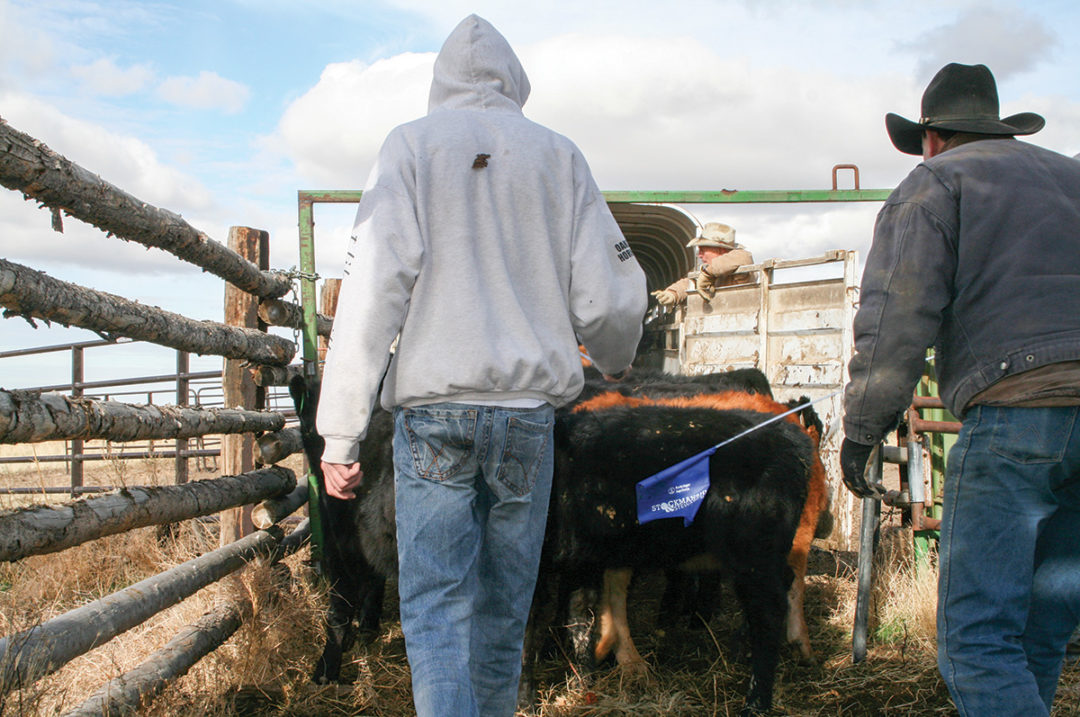We’ve all heard the Benjamin Franklin quote, “Don’t put off until tomorrow what you can do today.” It’s the phrase most hated by procrastinators. When speaking about what separates the very top managers from the rest of the best, Danny Klinefelter, a former extension specialist at Texas A&M, said “The main difference between the top 10 percent and rest of the top 25 percent is their timing.” Timing is everything. The ability to plan and execute activities at the proper time is the key attribute of the top farmers, ranchers and business managers. In this article, we’ll discuss ways to improve timing when it comes to production, marketing and purchasing inputs. We’ll also point out when it may be wise to “put off today what you can do tomorrow.”
Production timing
Grain planted early yields the best. Calves born early in the season wean the heaviest. Cutting hay on time optimizes both yield and quality. Early detection (or prevention) of pests and diseases is the key to successful treatment. Irrigation and fertilization timing are just as important, or more so, than the amount applied.
In contrast, grain planted late almost always produces poor yields. A spread-out calving season produces a bunch of small calves and a bunch of open cows. Harvesting hay just a few days late may improve your yield per acre, but the value per acre may drop significantly. Late treatment of pests and diseases can lead to a disaster. Delayed irrigation or fertilization can cut both crop yields and quality.
Farming and ranching are unique businesses because of natural production cycles. Each year, we have the opportunity to try again. We learn from our mistakes and failures and try to improve next year. Perhaps that’s why farmers and ranchers are eternal optimists – always believing that next year will be better. If we’re persistent, and seek ways to improve next year, we will become better managers. We’ll plan better for the unforeseen challenges and be prepared to capture the missed opportunities. Timing in crop and livestock production is a never-ending challenge. That’s probably why we enjoy it.
Market timing
Knowing when to sell or contract can mean the difference between a profit and a loss. A quick glance at any commodity price chart shows that markets are extremely volatile. Price ranges from high to low during any given year can be 20% to 30% or more. Active marketing and improved timing to capture a portion of that price movement can significantly boost profitability. Understanding seasonal supply and demand influences on commodity markets can also help improve timing and increase selling prices.
Fear and greed are the two great detractors of good market timing. Fear can blind us to opportunity. We are afraid prices are going to fall even lower than they already are, so we panic and sell, even though we know the cycle is close to turning around. On the other hand, greed can blind us to danger. How many times have we passed up a profitable price because we just knew prices were going to climb a little bit higher? We tell ourselves we’ll pull the trigger when the price reaches a certain level, then we change our mind and ratchet up the trigger price a time or two until the market collapses. That is why having a logical, written marketing plan is the best strategy for most managers. It helps take the emotion out of marketing. It’s OK to be flexible, but it’s not good to be emotional when it comes to marketing.
Input purchase timing
A few years ago, before inflation became so bad, there were seasonal price cycles for inputs just like there are for commodities. Today, it seems like input costs only go up. While this may be true in the short term, price cycles will still provide opportunities to purchase inputs at “more favorable” though still elevated prices in the future. If you’re in a financial position to purchase fuel, fertilizer, chemicals or feed when prices are seasonally lower, that can help trim input costs. The best managers know timing when purchasing inputs is just as important as marketing timing.
Why put off today what you can do tomorrow?
There is a time when it would be wise to “put off today what we can do tomorrow.” Those sprinkler pipes can be turned off for a day. The hay can be cut tomorrow. The cows can be moved next weekend. Kids grow up. Parents get old. Friends move away. When we’re too busy farming, ranching and managing that we miss opportunities to spend time with our family and friends, we don’t get those chances back. That time is gone. There are no makeup days. The older we get, the easier it is to see what’s most important – personal relationships with family and friends. They are far more valuable than yields on crops and gains on livestock. It’s all right to be a procrastinator once in a while, especially if it means spending time with our family and friends.
When it comes to managing a business and managing life, timing really is everything. There is an ideal time to accomplish each objective. The better we are at doing things when they need to be done, the more successful we will be. If we fall behind because of poor planning or unanticipated challenges, we will miss out on some things. In business, we will miss opportunities to increase productivity and profitability. More importantly, in life we will miss opportunities to spend time with the people we love.



.jpg?height=auto&t=1713304395&width=285)


